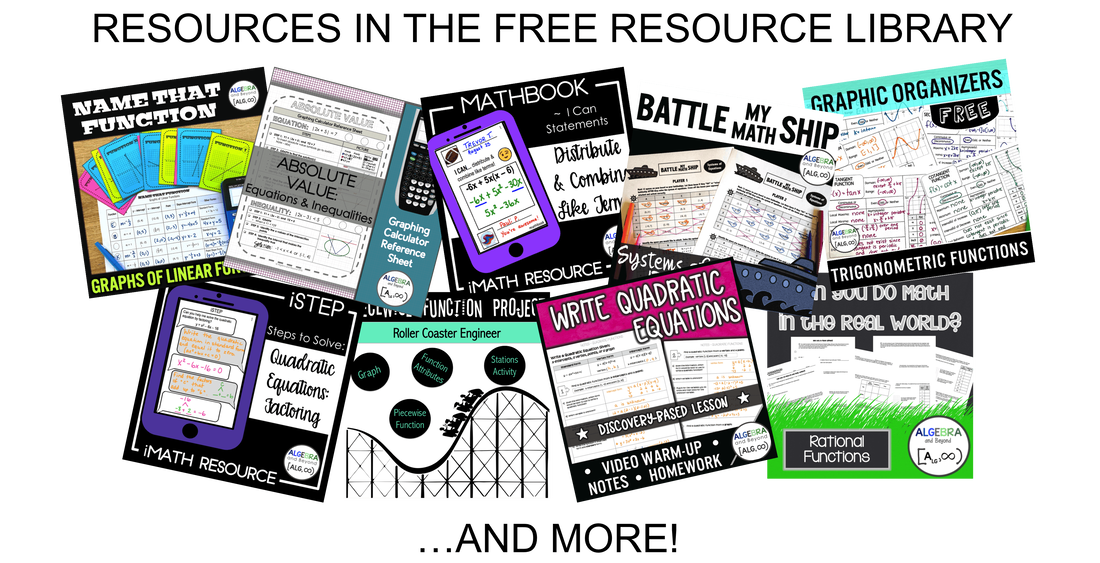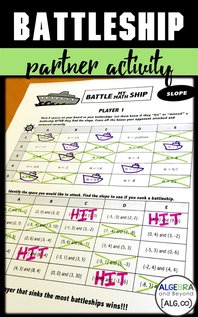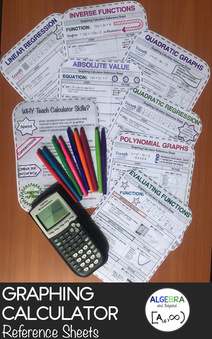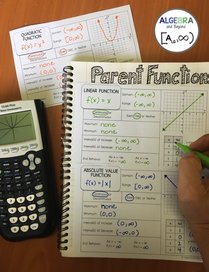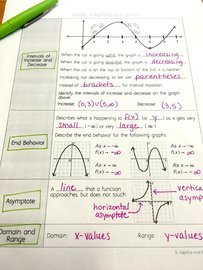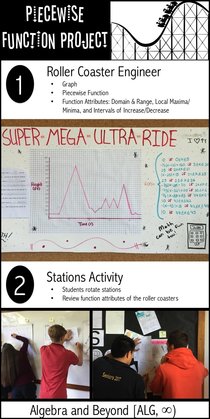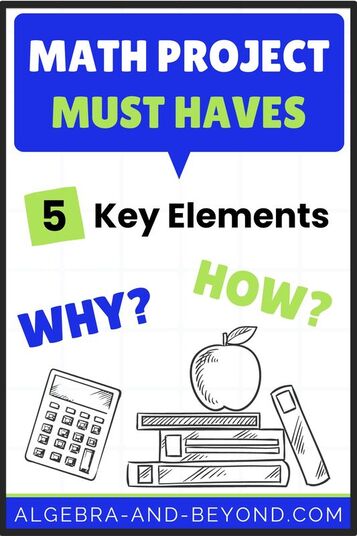
If you’ve visited my website before, you know I’m all about real-world math projects that come straight from my classroom. Today, I’m pulling back the curtain to reveal my process of creating these projects from the beginning to the end. That’s right, I’ll explain my FIVE “must haves” for designing math projects. This blog post is your access to fresh ideas and handy tools, so you can create your own math projects for your classroom! Let the creativity begin…
If you want ALL the Math Project Must Have details via video and download the FREE notes and example project, CLICK HERE.
Real World Connection
Why does this matter? By exploring the common question of “how does math apply to real life?”, we are naturally unlocking student interest. Connecting the math they are learning to everyday situations makes it easier for them to understand and keeps students engaged because it’s relatable. Plus, real-world projects are training for the future. When students create projects that mirror actual situations they might encounter later in life, they are getting a sneak peek into the challenges and problem-solving they’ll face. Student Handout Why do students need this? Knowing the objectives and directions for a math project is like having a roadmap for a journey. It gives students a clear sense of what needs to be done and the knowledge and skills they will demonstrate along the way. Objectives – helps students grasp the purpose of the project Directions – act as a guide, explaining the steps to take to complete the project Alignment – ensures that the project accurately matches your standards A handout not only helps students stay organized, but also keeps them focused on the key aspects and assists them to work more efficiently. Rubric What’s the purpose of this? A rubric breaks the project down into bight-sized pieces, making it easier to understand the expectations and levels of proficiency. It also allows you to weight different aspects of the project by importance. Example You may be wondering if having an example project is really necessary? The answer is a resounding YES! Let me explain why. I was filling in for another teacher and the students were starting a new project. Quite a few of them wished they had an example to look at, so they knew what a finished project would look like. That got me thinking–this visual aid is gold for students, perhaps even more important than the rubric. I’ve always made it a point to include an example project for my students because, let’s face it, student directions and a rubric don’t always paint a full picture. A visual example though? Now that’s the game-changer students need to create an amazing project. Answer Key Let’s face it, answer keys are the holy grail for math teachers for efficiency and making grading student work a breeze. It’s also crucial to be able to check students’ answers as they work through a project. Designing projects that facilitate unique answers for every student is my goal, however, this makes it tricky to create an answer key. I have a few tips on how to easily create answer keys that can be used to quickly type in each student’s unique answer to see if they are correct.
I’ve revealed my FIVE key elements for creating a quality math project and why they’re game changers. Are you excited to learn HOW you can add all of these elements into your own projects? Mathtastic! I’ve got a FREE video session and downloadable handouts waiting for you, so you can take your projects to the next level! Let’s make learning math a whole lot more exciting!
Don’t have time to make your own math projects? I totally understand, that's why I've got you covered! Check out my favorite real world math projects by clicking on this image:
4 Comments
|
Hello there,
|

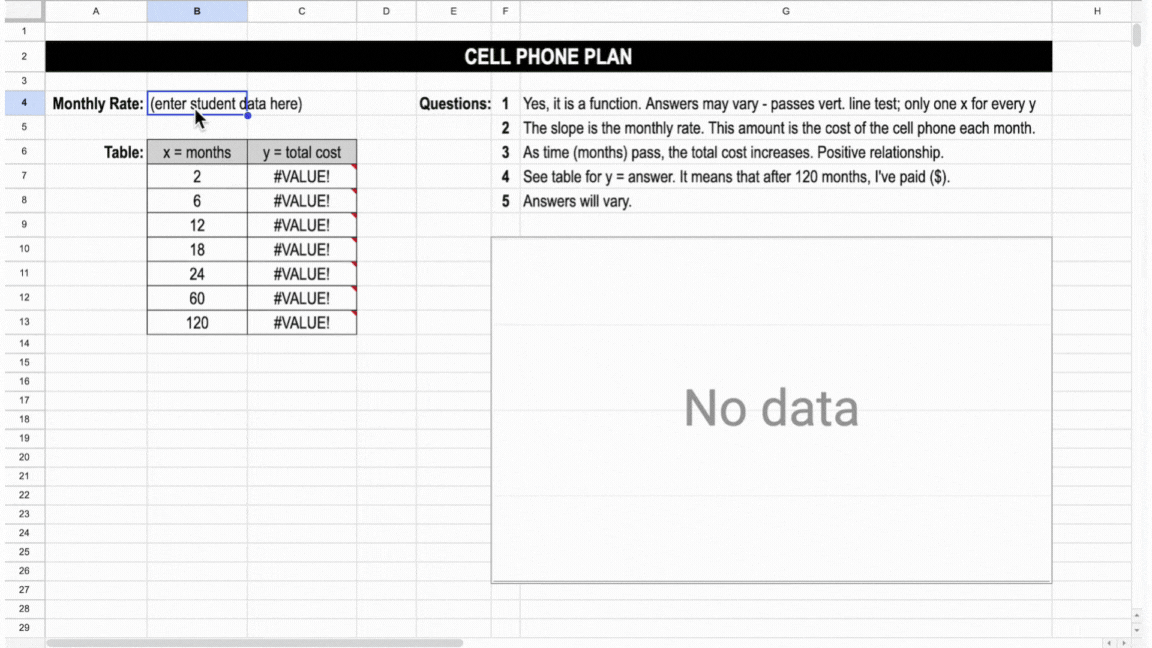
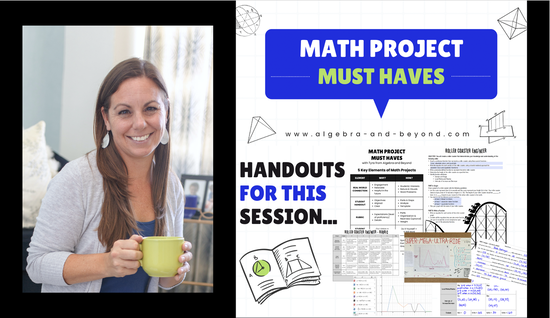
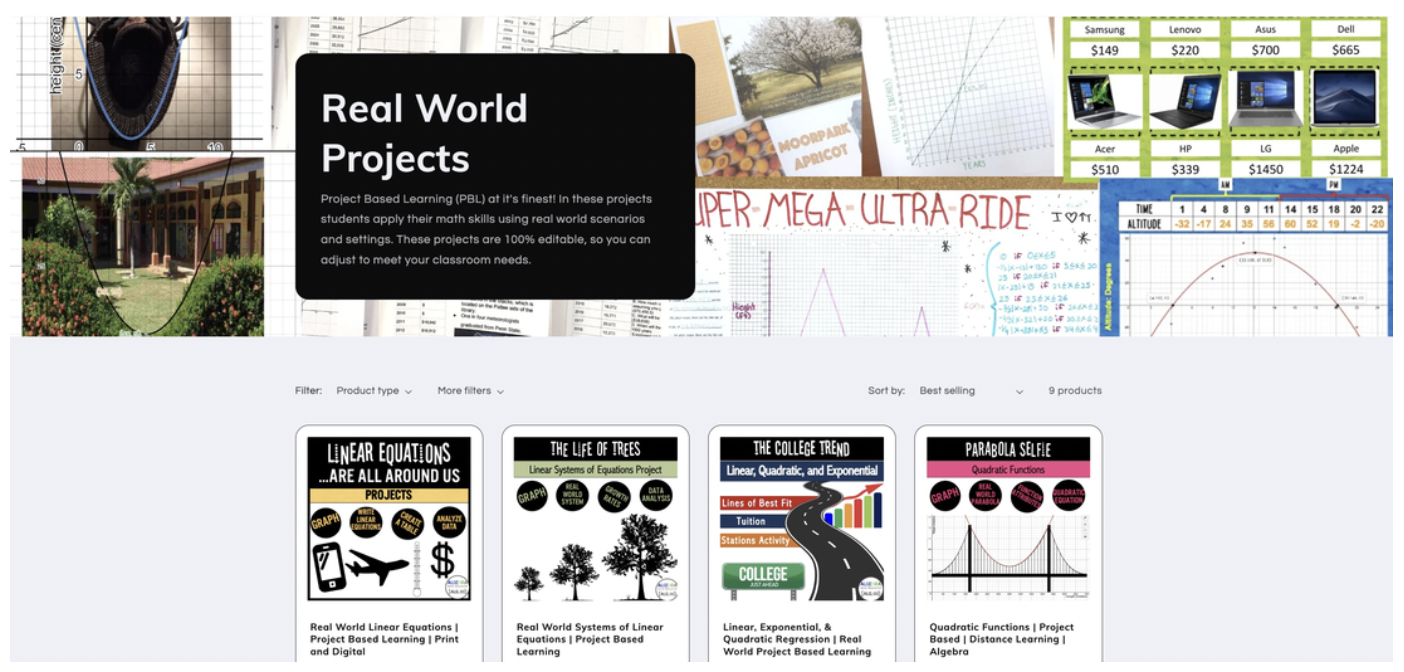



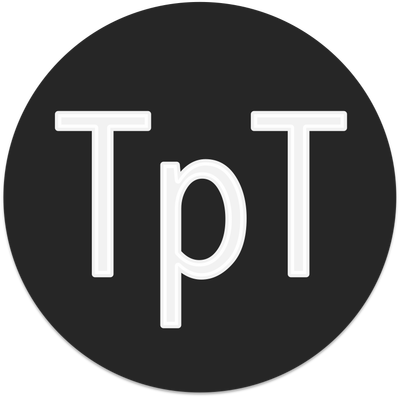

 RSS Feed
RSS Feed

